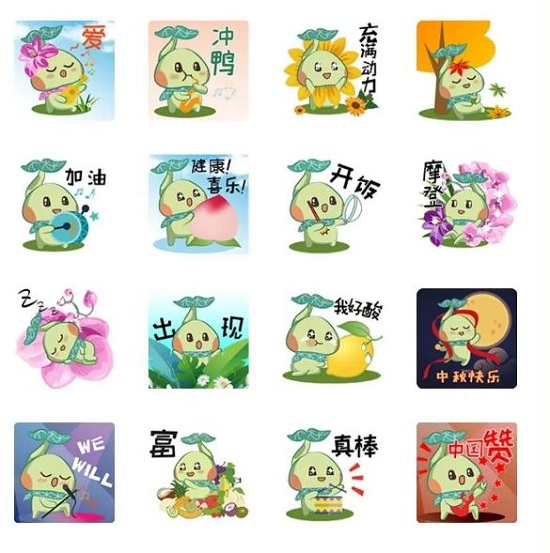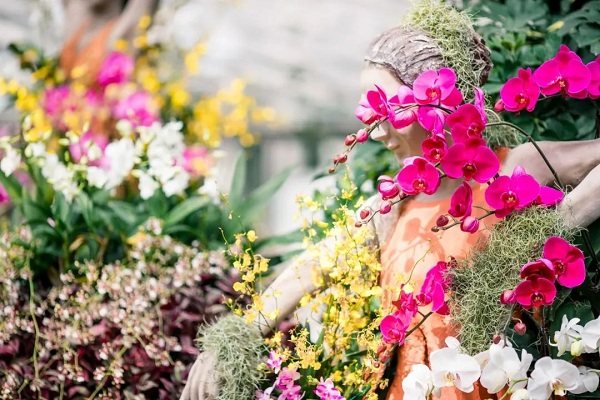 |
|
The Chenshan Botanical Garden launches a set of emojis, named Grass Chen in Autumn, on WeChat. [Photo/WeChat account: sheshanlvyoutopnews] |
The Chenshan Botanical Garden in Shanghai Sheshan National Tourist Resort recently launched a new set of emojis, called Grass Chen in Autumn, on WeChat.
The botanicial garden had previously published two emoji packages in Spring and Summer called Grass Chen in Spring and Grass Chen in Summer.
The Shanghai Chenshan Botanical Garden is located in the Shanghai Sheshan National Tourist Resort and covers an area of 207 hectares, making it the largest botanical garden in East China.
The garden is currently home to approximately 10,000 plant species, including some rare and endangered species. The plants are labeled with their names and identifying characteristics so that children can learn about them.
The garden consists of three different sections: one for exhibitions, one for plant conservation, and one for buffering.
The exhibition zone is divided into four major areas for North American plants, tropical plants, ornamental grass, and small animals, respectively. It also features a display greenhouse, which is its most popular area.
The greenhouse covers an area of 12,608 square meters and is divided into three parts: a tropical flower house, a sand plant house, and a rare plant house.
The tropical flower house features mountains in the background and has more than 600 species of plants, including traveller's trees, frangipani, and talipot palms.
The sand plant house imitates environments in Australia, Africa, and the United States, showcasing more than 1,000 species of sand plants, including Namibia's welwitschia (Welwitschia bainesii), the saguaro cactus tree (Carnegiea gigantea), and the pencil cactus (Euphorbia tirucalli).
The rare plant house is divided into a life zone and an evolution zone. The former mainly focuses on how plants survive in complex and varied natural environments, while the latter showcases the evolution of plants. In addition, more than 1,400 species of plants are on display there.


